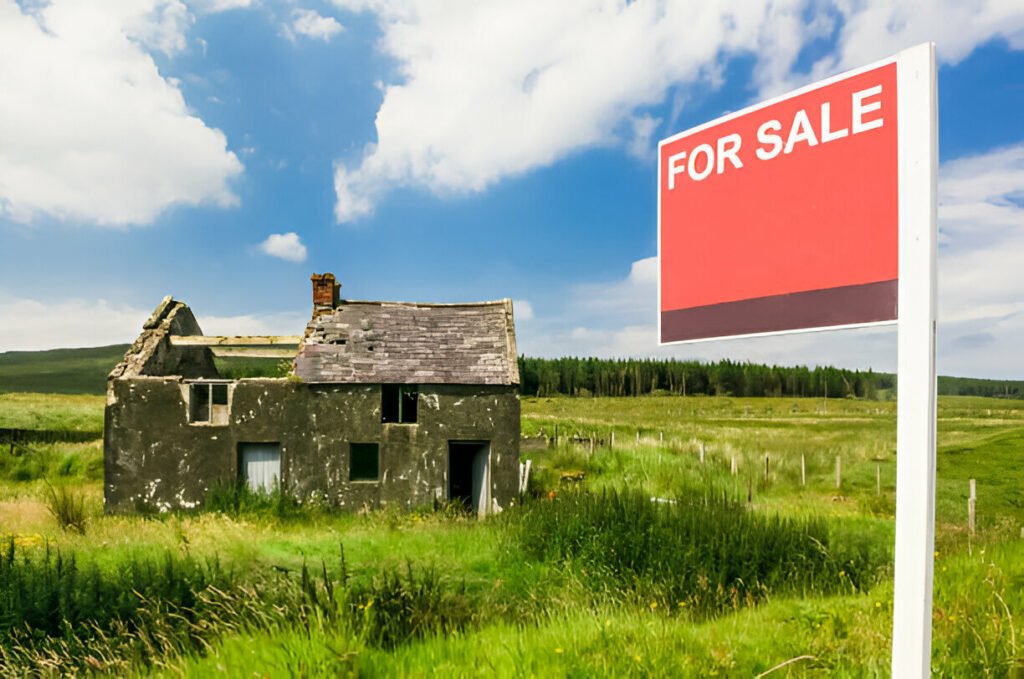Selling a damaged house can feel daunting, but with the right approach, it can be a manageable process that leads to a successful sale. Here’s a step-by-step guide to help you navigate through:
1. Assess the Damage
Before anything else, take a close look at your property. Look for structural issues, water damage, fire damage, or any other wear and tear that might affect its value. Bringing in a professional home inspector can provide you with a detailed report, helping you understand the full extent of the challenges you’re facing.
2. Estimate Repair Costs
Once you have a clear picture of the damage, it’s time to crunch some numbers. Get estimates from contractors or use online tools to gauge the costs of repairs. This step is crucial in deciding whether repairing the house is financially feasible or if it’s better to sell it as-is.
3. Consult with Real Estate Professionals
Reach out to local real estate agents who specialize in selling damaged houses or property investors experienced in dealing with similar situations. They can provide invaluable insights into the market value of your property as-is and help you formulate the best strategy for selling it.
4. Consider Selling As-Is
Selling a damaged property as-is can attract buyers looking for renovation projects. Many investors are keen on buying damaged properties for sale, as they see potential where others might see challenges. By selling as-is, you can potentially save time and avoid the stress of managing repairs.
5. Disclose All Issues
Honesty is key when selling a damaged house. Be transparent about all known issues with potential buyers. Not only does this build trust, but it also protects you from legal complications down the road. Disclosing everything upfront ensures that both parties are clear on what they are getting into.
7. Market Effectively
When creating your listing, highlight the potential of the property despite its current condition. Use photos that showcase its best features and consider including before-and-after visuals to illustrate its transformation potential. Target your marketing efforts towards investors and buyers interested in cheap damaged houses for sale.
8. Negotiate Wisely
Prepare yourself for negotiations. Potential buyers may factor in the cost of repairs when making offers. Evaluate each offer carefully, not just based on the sale price, but also on the terms and conditions attached. Sometimes, the smoothest negotiations can lead to the best outcomes for both parties involved.
10. Close the Sale
Once you’ve accepted an offer, work closely with your real estate agent or lawyer to finalize the paperwork. Ensure that all legal obligations and disclosures are met to avoid any post-sale complications. It’s a crucial step in transferring ownership smoothly and effectively.
11. Transfer Ownership
After closing the sale, make sure to transfer ownership of the property according to the legal requirements in your jurisdiction. Notify utility companies, insurers, and other relevant parties about the change in ownership to avoid any confusion or bills that might come your way.
Conclusion
Selling a damaged house requires careful planning, transparency, and a strategic approach. By following these steps and seeking professional guidance where needed, you can successfully navigate the process and achieve a favorable outcome. Whether you decide to repair the property or sell it as-is, understanding your options and setting realistic expectations will pave the way for a smooth transaction.

